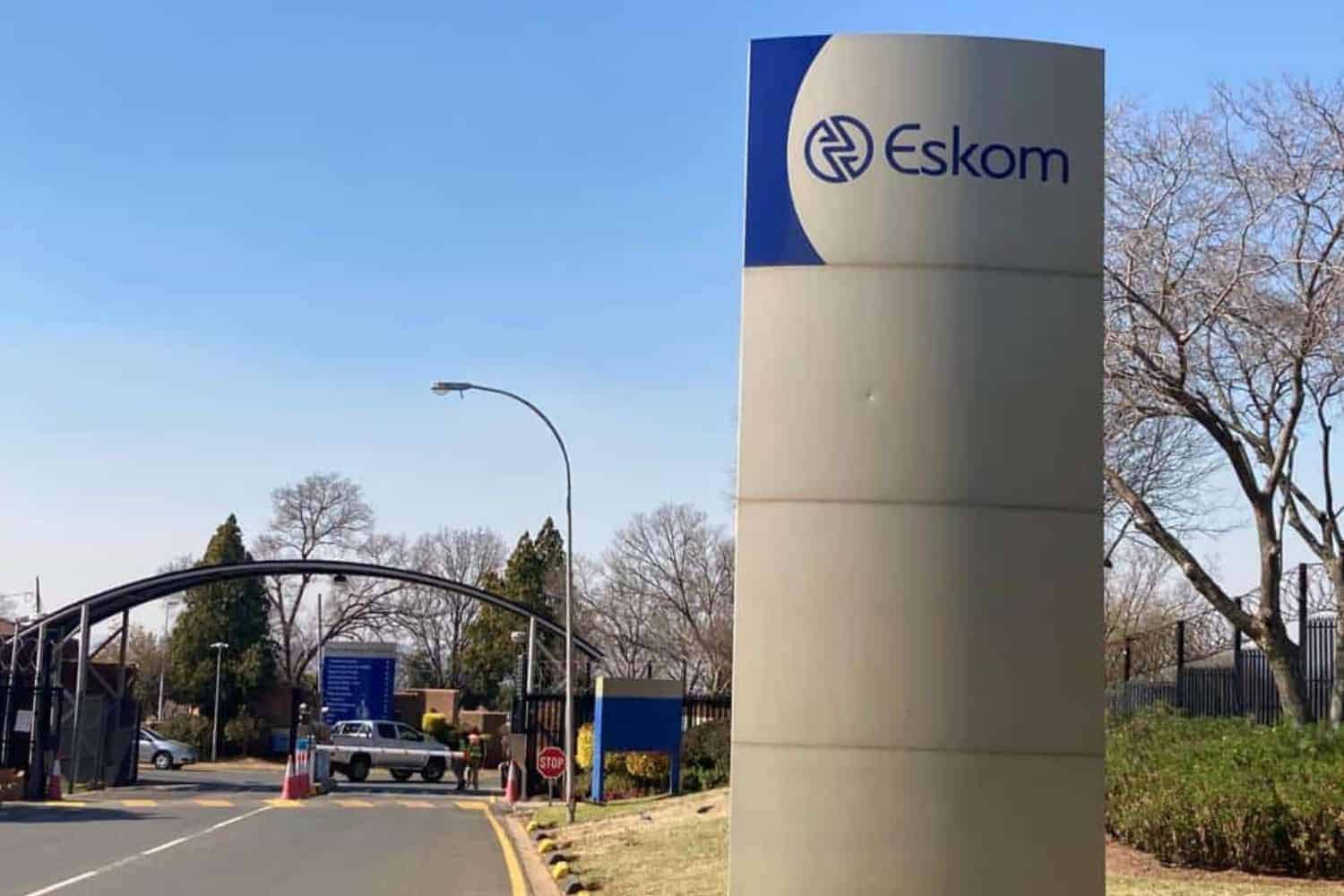Eskom also pointed out that load reduction is still necessary with distribution networks being overloaded

Eskom has warned that ballooning municipal debt and ongoing load reduction measures could undo the progress made under the national debt relief programme, undermining both electricity stability and economic recovery.
According to Eskom Acting Group Executive for Distribution Agnes Mlambo’s presentation to the parliament’s portfolio committee on electricity and energy on Friday, municipal debt has skyrocketed from R20 billion in 2019 to a staggering R105 billion in September 2025.
Municipal debt makes up bulk of Eskom’s arrears
This represented the bulk of Eskom’s total R108 billion outstanding arrears.
Despite payment improvements in some areas, she warned that without urgent intervention, Eskom’s distribution division cannot proceed with unbundling, citing municipal defaults as a key impediment.
Mlambo cautioned that weak revenue collection, non-existent maintenance and high electricity losses, often caused by illegal connections, were major contributors to the crisis.
ALSO READ: Here is how many billions in municipal debt could be written off by Eskom
Finance Minister Enoch Godongwana’s medium-term budget policy statement, delivered last week, endorsed the use of distribution agency agreements (DAAs) as an enforcement tool. These will allow the power utility to temporarily take over electricity services in defaulting municipalities, install smart meters, set cost-reflective tariffs and recover revenue.
Currently, 71 municipalities are on the debt relief programme, but only 11 are compliant with payment requirements, and in some municipalities, debt has worsened dramatically over the past 12 months.
“There are significant negative contributors with overdue municipal debt relief compliance status. The Eskom municipal debt recovery strategy aims to stop current default, prevent future defaulting, reduce and eliminate the municipal debt. The implementation of the DAA is expected to arrest future debt, ensure sustainable services, and build municipal capacity,” Mlambo told parliament.
ALSO READ: ‘Chronic incompetence’ blamed as 7 municipalities on verge of collapse
Eskom has already implemented DAAs in the Emfuleni (Gauteng) and Maluti-a-Phofong (Free State) municipalities, where initial outcomes include stabilised payment levels and improved debt collection.
However, Eskom has warned that failure to fully implement interventions could deepen the collapse of service delivery, disproportionately affecting the poor.
Load reduction still necessary
Adding to the pressure, Eskom has pointed out that load reduction remains a crisis, with 529MW forcibly cut from overloaded distribution networks, impacting 1.69 million customers. More than 770 transformers have failed, largely due to illegal connections and overloaded infrastructure.
Eskom aims to eliminate load reduction by March 2027, but stressed that this hinged on accelerating smart meter installations across 971 feeders, cracking down on illegal connections and increasing free basic electricity from 50kWh to 200kWh monthly for indigent households.
Mlambo urged MPs to back accelerated implementation of DAAs and recovery strategies, warning that “left unresolved, municipal debt will undo the gains of Eskom’s debt relief programme”.
Eskom’s call to action was blunt: support governance reforms, enforce compliance, and halt the bleeding before the lights go out for good.
NOW READ : Eskom owed R81.6 billion by municipalities: Who owes the most?






